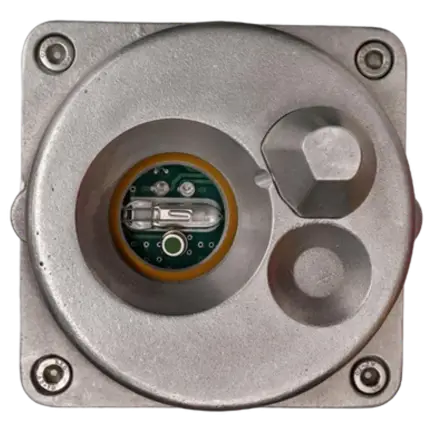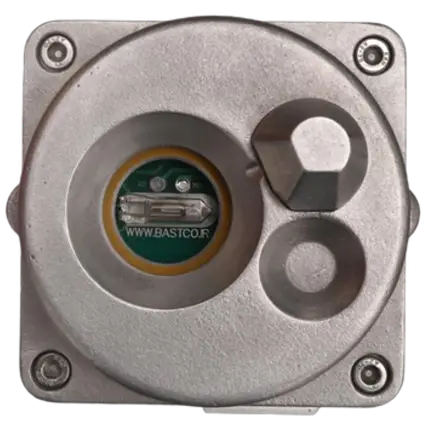Ultraviolet Flame Detector (UV Flame Detector) MC.UV-300S Series
MC.UV-300S
Ultraviolet (UV) detectors are sensitive to most types of fires including metals (magnesium), hydrocarbons (solids, liquids and gases) and other organic compounds such as sulfur, ammonia and hydrogen. For this reason, UV detectors with fast response times (less than 400ms) are the most reliable and flexible optical flame detectors.The efficiency of flame detection is based on the parameters of light emission, smoke emission and temperature rise. The most suitable and fastest method of fire detection in open space (Outdoor) is flame detection with ultraviolet detector. In addition, UV detectors can sense flame energy up to a few PW/Cm3.
Category: MX.XX-300S
Description
Product Specifications
General
| Angle of View | 90°Nominal (Vertical & Horizontal) |
| Detection Distance | ّFire Dimension: Small (33x33 cm²) Detection Range: 15m |
| Housing | Stainless Steel |
| Minimum Response Time | min. 200 ms |
| Wavelength | UV: 185nm to 260nm |
Electrical
| Power Supply Voltage | 20 ~ 230 VDC (300mA max. @ 24 VDC normal) |
| Relays Output | Two SPDT Relays (Fire & Alarm) Contact (3A @ 30 VDC or 5A @ 250 VAC) |
| Relay Response Time | ≤10sec @ 15m (n-Heptane - Pan Fire) |
| Status Indicator | Selectable Alarm (Red) LED & Power (Green) LED: Latching / Non Latching |
| Types | Conventional |
Advantages and disadvantages
Advantages:
- Insensitive to sunlight reflection.
- Responds to metal, hydrocarbon and hydrogen fires.
- Fast response (less than 400ms).
- Insensitive to artificial lights, such as fluorescent, halogen and...
Disadvantages:
- UV detectors are not suitable for smoke-producing fires.
- Steam, smoke, oil contaminants and certain gases reduce the sensitivity and performance of the device.
- May respond to arc welding, lightning and X-rays (false alarms).
- Some UV sensors have a wide detection range (300nm) which leads to false solar alarms.



